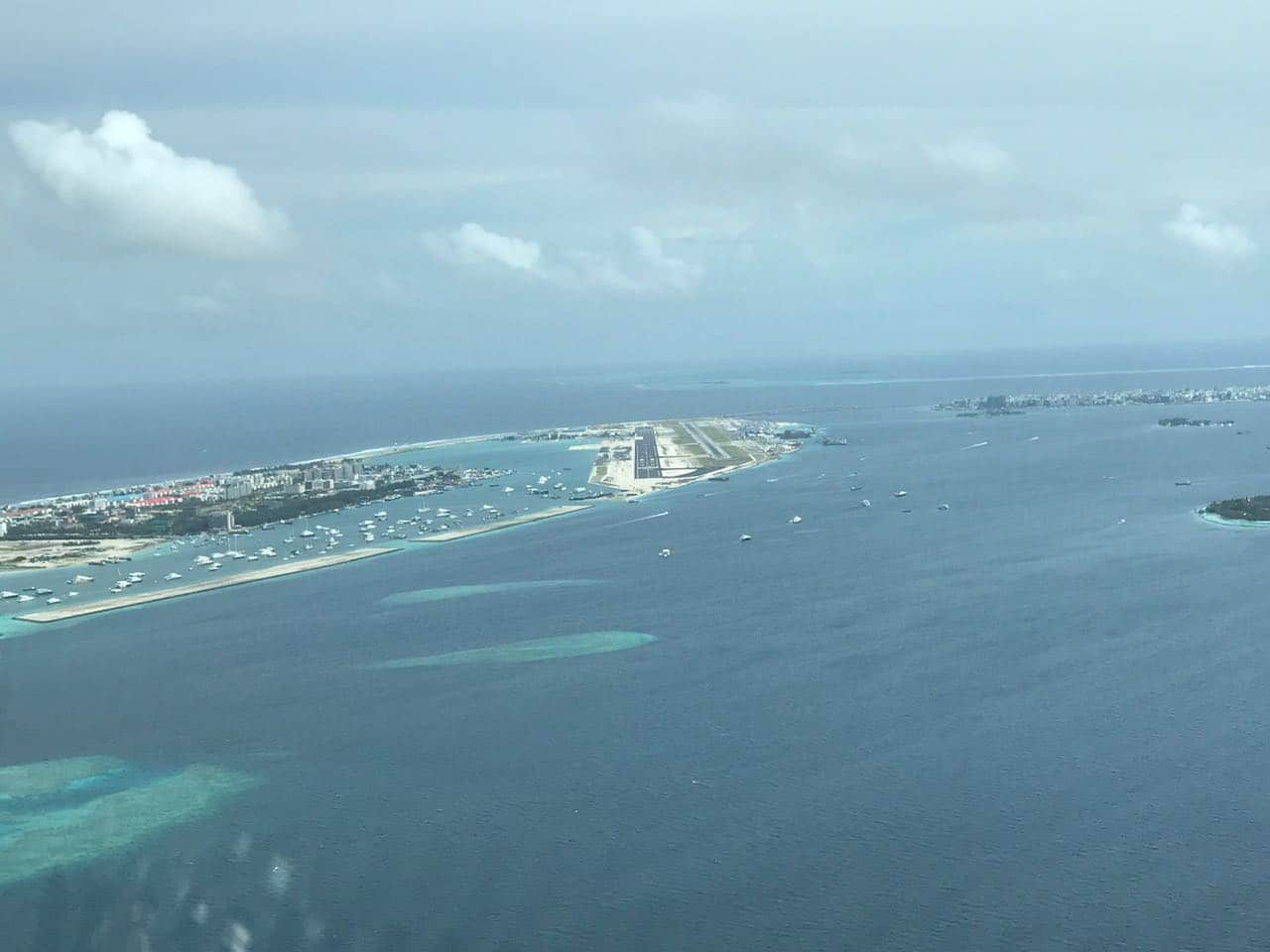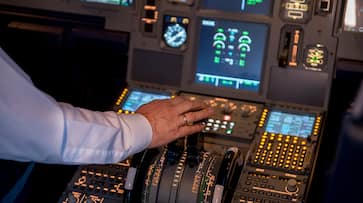The issue of coordination between pilots and the ATC must be addressed at the earliest. The incident in Male, the Maldives, was not the first of its kind. Pilots alone may not be at fault
New Delhi: On September 7, Air India flight AI 263 Delhi-Thiruvananthapuram, with 136 passengers on board, landed on an under-construction runway at the Male airport in Maldives. Within half an hour of the incident, the Directorate General of Civil Aviation (DGCA) informed the Aircraft Accident Information Board and it was reported that both the pilots of the aircraft had been off-rostered.
But this is neither a stray incident nor the complete story. Details emerging from very reliable aviation sources suggest that more than 18 aircraft had wrongly approached the under-construction runway at the Male airport in the past one month. Last week, the same AI 263 was about to land on the under-construction runway, however, the ATC corrected its approach.
Also read: Air India puts at least 136 lives at risk, lands on under-construction runway in Maldives
In all the previous cases, the Air Traffic Control (ATC) of the Male airport guided all the aircraft approaching the under-construction runaway to another operational runway. However, things were different with AI 263 this time.
"The ATC gave clearance to AI 263 to land. Moreover, it never pointed out that the aircraft was approaching a wrong runway," said a source.
No action has been initiated against the ATC controller as of now.

While the clearly visible runway is the one under construction, the lesser visible one is the existing runway.
Though the runway was under construction, it was not marked in the database of the aircraft.
Since the runway was non-operational, it was not mentioned in the Jeppesen Charts, which are accurate, standardised, navigational charts provided to pilots.
There was no mention of the runway in the Automatic Terminal Information Service (ATIS). ATIS is a recording that airports broadcast in order to reduce congestion. Current weather information, active runway information, NOTAMs (Notices to Airmen), and other useful pieces of information are included in the ATIS.
As Air India aircraft are not permitted to conduct RNAV (area navigation) approach, the pilots conduct visual approach from a closer distance. However, other airlines prefer RNAV approach. It allows an aircraft to choose any course within a network of navigation beacons rather than navigating directly to and from the beacons.
A similar inicident happned on August 3 when the pilots of the Jet Airways Boeing 737 attempted a take-off from a taxiway, parallel to the runway, at the Riyadh airport. Sources say that the details of the taxiway were not in the database of the aircraft. Since the taxiway was running parallel to the runway and was of the same size, the pilots got confused and initiated the take off.
Generally, all flights wait for the ATC’s instruction to take off. But in this case, Riyadh ATC failed to guide the aircraft.
Did the Jet Airways flight not wait for the ATC instructions? Without getting to the truth, the DGCA suspended the license of both the pilots of Boeing 737.
Former director Inflight Service and Operations, Indian Airlines, RS Rosha said, “For any incident or accident, the responsibility lies with the captain. But I would like to say that it’s not very easy for any pilot to land on any under-construction runway. It is also the duty of the ATC to inform the pilot about the under-construction runway being built parallel to the runway in use.”
Rosha also said that the Male airport should have made proper arrangements to block the under construction runway.
Aviation expert Vipul Saxena termed this incident as bizarre. He said, "As reported, the runway is due for commissioning very soon. It means that the runway must be ready with markings and lightings. Was a conspicuous marking (day and night) indicating — from sufficient height and distance — “Unserviceable Runway” was in place? Did the Air India flight despatch department brief the pilot about the construction of the runway?”
"Was information on this runway included in Male ATC, ATIS broadcast with necessary precautions to be taken? Did the ATC inform the pilot well in advance about construction activities and tell him about the necessary precaution to be taken? Up to what stage did the ATC maintain surveillance of the aircraft ?" Saxena further questioned.
Saxena also said that no pilot would land on such a runway knowingly and that DGCA should be investigated as a co-opted member as per the International Civil Aviation Organisation mandate to ensure due consideration is given to the aspect of human error.
Saxena further emphasised that a strong and credible DGCA team should engage with the Male airport authorities to ensure a fair investigation.
Last Updated Sep 19, 2018, 9:22 AM IST









![Salman Khan sets stage on fire for Anant Ambani, Radhika Merchant pre-wedding festivities [WATCH] ATG](https://static-gi.asianetnews.com/images/01hr1hh8y86gvb4kbqgnyhc0w0/whatsapp-image-2024-03-03-at-12-24-37-pm_100x60xt.jpg)
![Pregnant Deepika Padukone dances with Ranveer Singh at Anant Ambani, Radhika Merchant pre-wedding bash [WATCH] ATG](https://static-gi.asianetnews.com/images/01hr1ffyd3nzqzgm6ba0k87vr8/whatsapp-image-2024-03-03-at-11-45-35-am_100x60xt.jpg)


